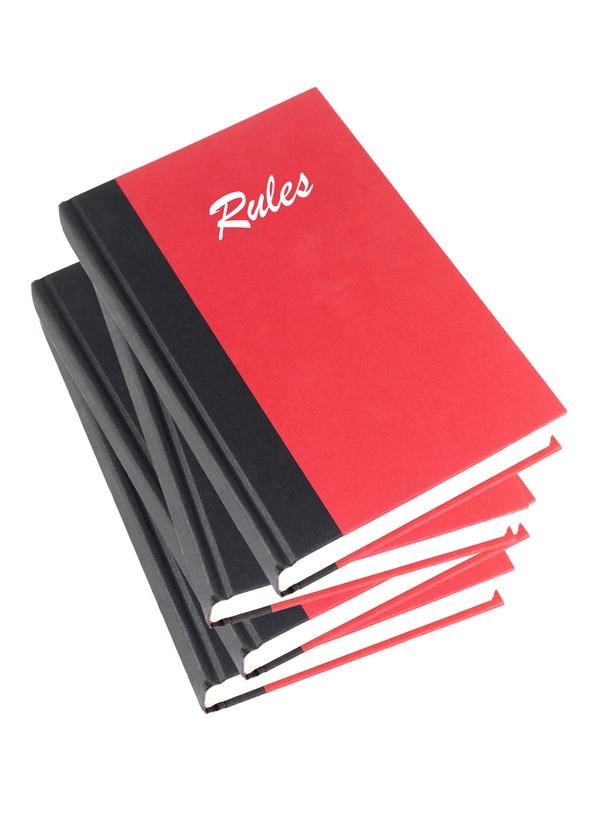In a previous blog we discussed how to create keychain rules. This week, let’s look at a few more intricacies of this quick and easy strategy. Keychain rules can be cut up separately and placed on a binder ring or keychain for quick and easy access. A back-up version can be placed in a notebook or binder.
Leave at least one of the keychain rules blank for the student to create their own. If they have written one of the rules themselves, then they are more likely to consider these to be important and relevant. One student wrote “Have a great day!” on keychain rule #4.
During times of stress, this rule proved to be very soothing and helpful.
This same student travels from class to class, so she keeps her keychain rules in the back of her schedule notebook. Each of her teachers also have their own set available, just in case they get “lost”.
Keychain rules can be written in a different format for students that are motivated by video games, and other type of competitive activities, such as sports.
If the rules are presented in the format of a “Game Rule Book,” the student may be highly motivated to follow these rules. Try to be creative and write them as they might look in a rule book. Rule books are written to explain the parameters of a game, and so similarly they can be written to explain the parameters of the school environment.
In the back of the book, you can also incorporate a section for self-evaluation:
- How did you play today?
- Which rules did you follow well?
- Which rules did you find difficult to follow?
Each question can provide positive reinforcement, as well as insight into areas of need.
In order for keychain rules to be effective, there are two important components:
1.Review, practice and discuss at planned times throughout the day.
During a period of direct instruction, the keychain rules are included as a specific activity. They need to be reviewed regularly so that they can be effective when needed
2.Use keychain rules to reinforce positive behaviors.
It is easy to fall into the habit of ONLY using the keychain rules when there is a problem. This strategy can become more effective if we can remember to use it to reinforce appropriate behaviors as well. If one of the rules is to “Follow directions,” then you can refer to that rule when they do follow directions successfully.
by Lisa Rogers
The Education (K-12) Blogs and Special Ed Q & A are written and maintained weekly by Lisa Rogers with Educating Diverse Learners. Lisa received her M.A. in Special Education with an endorsement in the area of individuals with severe disabilities. Mrs. Rogers has also created products that have been used throughout the state of Texas for training purposes. Through the Association for Texas Professional Educators [ATPE], Ms. Rogers has produced an online course that targets the importance of visual strategies for student with autism spectrum disorders and just released her highly anticipated book titled: Visual Supports for Visual Thinkers.


